5 Queer Artists On Our Radar In 2024 https://ift.tt/7qghCS9
In the early stages of modern history, queer individuals faced oppression and marginalisation, leading to a lack of visibility in mainstream art and culture. However, despite these obstacles, some artists subtly conveyed queer themes through coded symbolism and subtext. For instance, during the Renaissance, artists like Leonardo da Vinci and Michelangelo subtly incorporated homoerotic themes into their works, providing a glimpse into a hidden world of queer expression.
The 20th century witnessed a significant shift; the emergence of the LGBTQ+ rights movement prompted artists to address queer themes more overtly. This period saw the rise of queer literature, theatre, and visual arts, with figures like Virginia Woolf, Tennessee Williams, and Frida Kahlo challenging societal norms and contributing to a growing queer cultural identity.
The Stonewall Riots of 1969 marked a pivotal moment in the history of queer expression and fueled a surge of artistic activism. The AIDS crisis of the 1980s further galvanised the community, inspiring artists like Keith Haring and David Wojnarowicz to create powerful works that addressed the devastating impact of the epidemic and the societal neglect of queer lives.
As the 21st century unfolded, the concept of intersectionality became increasingly central to queer expression. Artists began to explore themes of race, gender, and socio-economic status, fostering a more nuanced and inclusive representation of queer life.
And while queer art and culture have found various outlets in India, the inaugural edition of the Kolkata Queer Arts Month (Ko:QAM), is a non-commercial exhibition platform for queer, trans* and non-binary artists residing in South Asia, seeks to highlight and represent voices and perspectives that exist within the mainstream but are marginalised. The exhibition, curated by Kallol Datta, will run ‘heavy, in your arms’ at the Kolkata Centre for Creativity till January 3rd, 2024.
“Among the 22 artists showing at Ko:QAM across both exhibition sites are established names, mid-career artists, emerging artists and young artists beginning their studio practices with little to no exhibition history,” says Datta, who has spotlighted for ELLE India artists whose works we should engage with well after the festival ends.
Rahee Punyashloka (he/him)
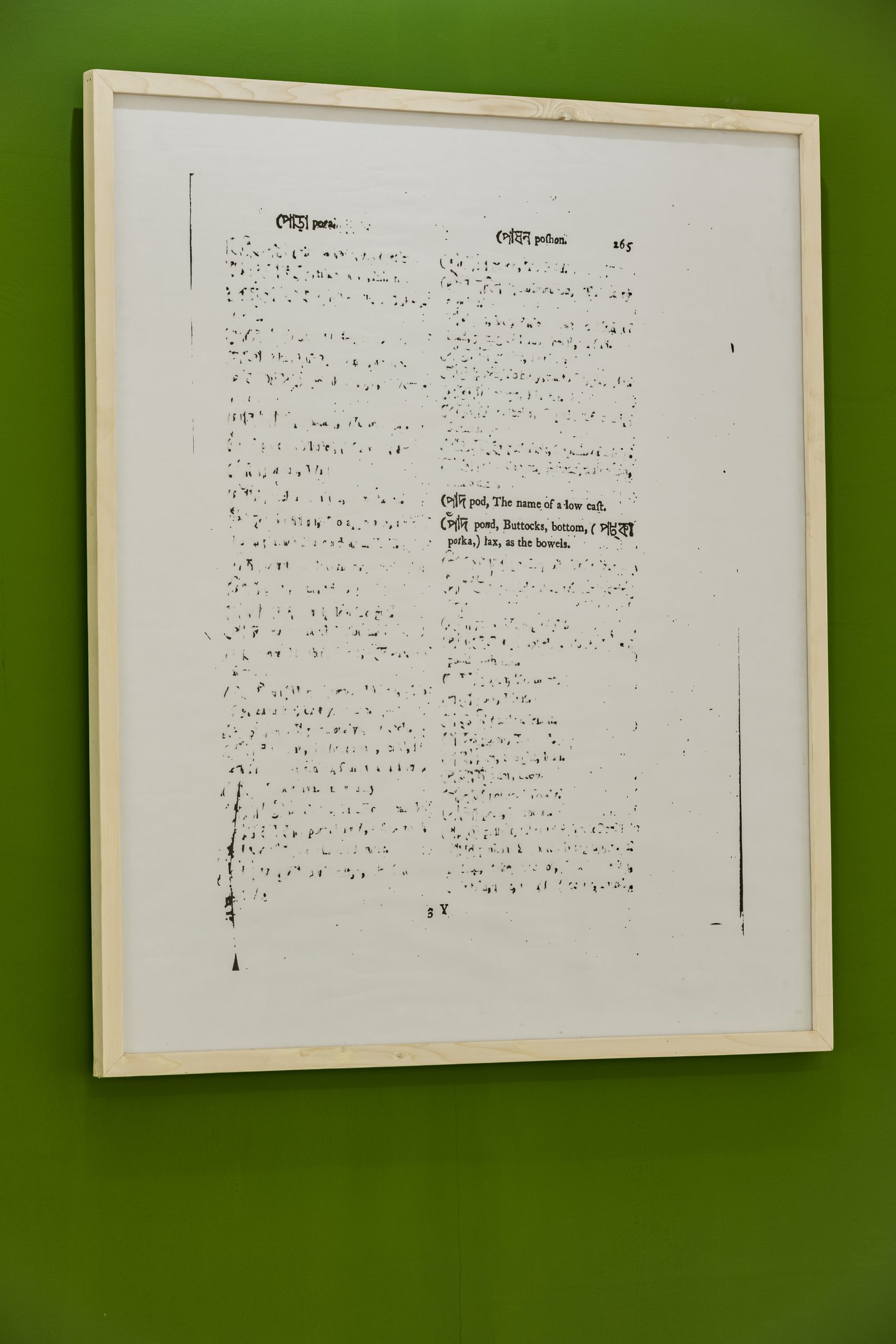
Known by the moniker ‘artedkar,’ this versatile artist, writer, researcher, and experimental filmmaker is based in Bhubaneswar and New Delhi. His online interventions illuminate the often-overlooked artistic history of the anti-caste struggle and the Dalit identity. For Ko:QAM 2023, he showcased a plotter print on maplitho paper, specifically Forster 1799: 265.
Rujuta Rao (she/they)
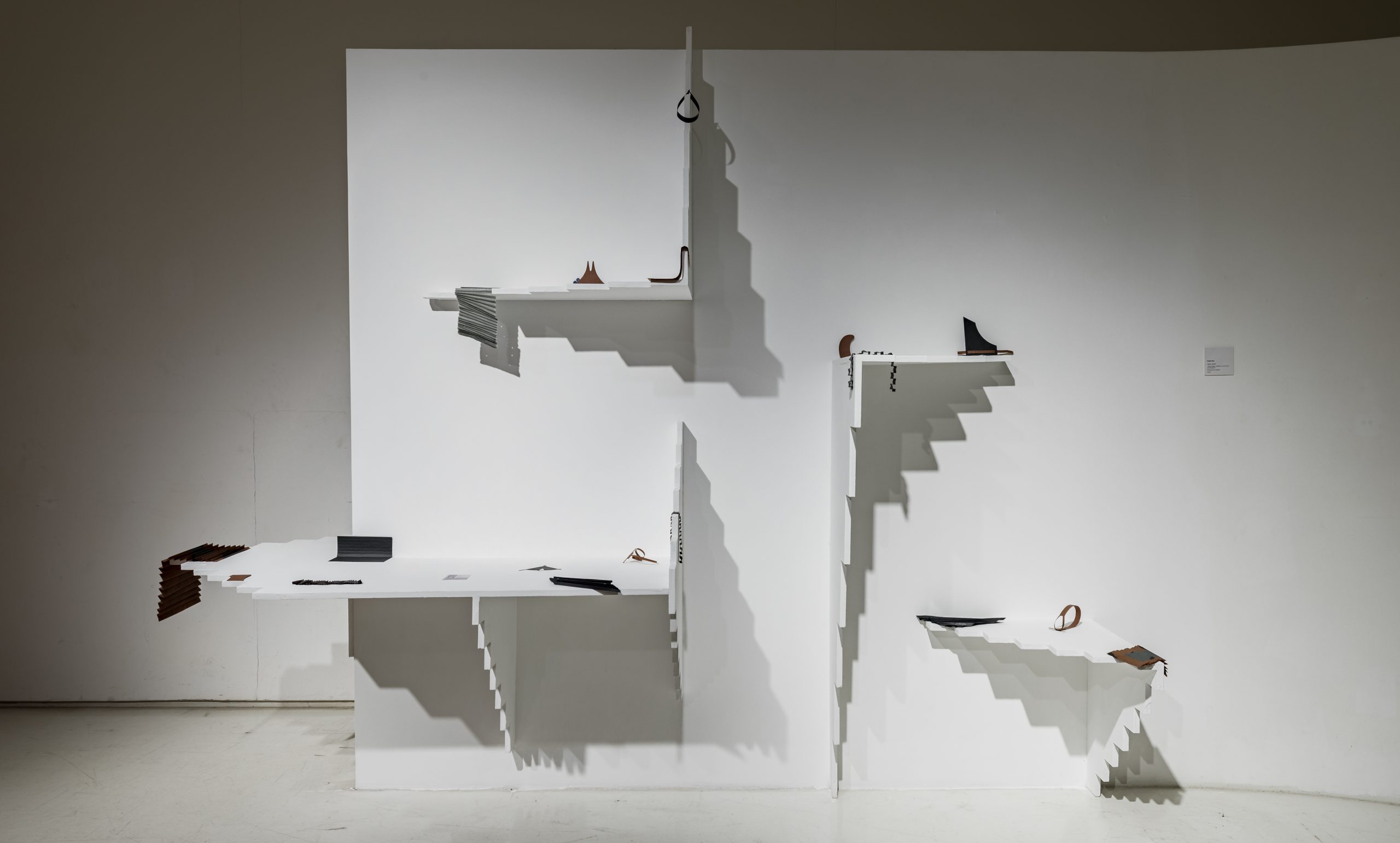
Rujuta Rao, based in Jersey City, is an artist whose works have consistently been mobile and handheld in scale throughout her career. The interplay of presence and absence is critical to her artistic expression. During Ko:QAM 2023, her works were showcased at multiple sites, challenging her practice’s linear and singular reading. Notably, her ‘Aperitif’ project features redacted conversations on grief, loss, and trauma, using tissue paper and photographs as media.
Smruti Mathisekaran (she/her)
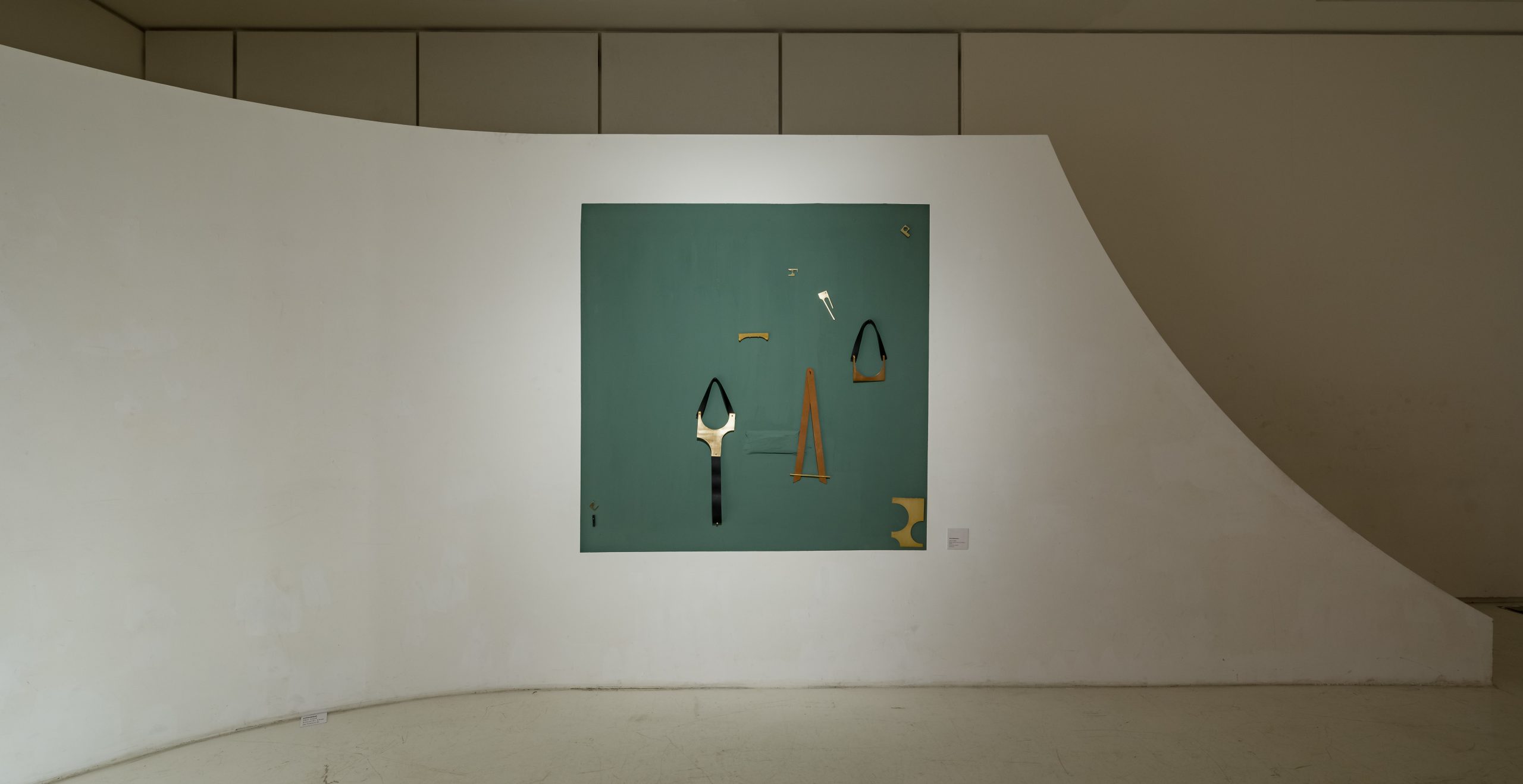
Hailing from Tirunelveli, Smruti is recognised for her work in the fashion industry and her multi-disciplinary practice. Her creations span body objects, furniture, graphic design, and architectural concepts, drawing on her civil engineering and interior design background. At Ko:QAM, Smruti’s inter-configurable jewellery in metal and recycled leather was featured as part of an exhibition contextualised as ’10 objects,’ inviting viewers to challenge their notions of consumerism.
Sumantra Mukherjee (he/him)
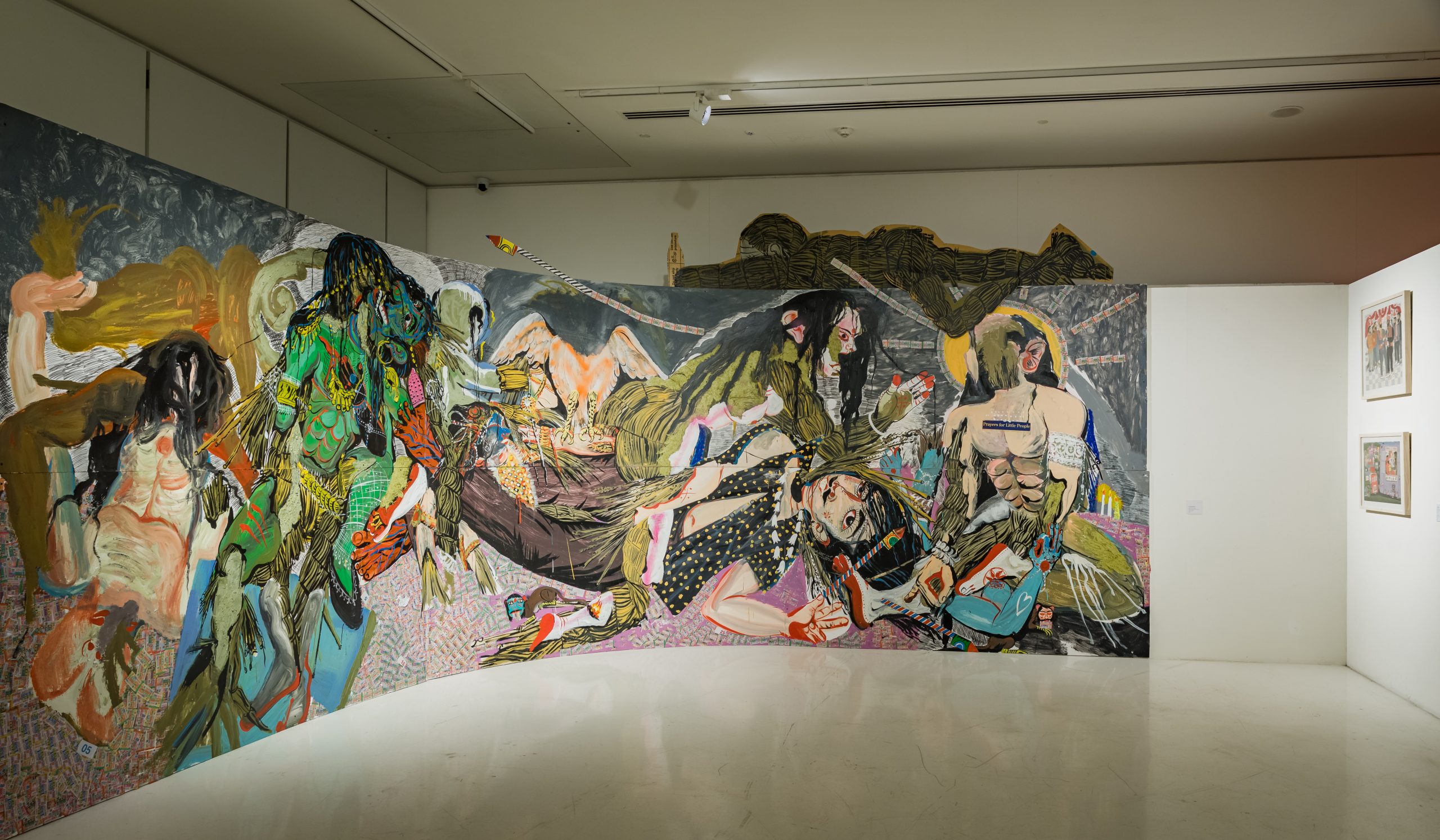
Sumantra is a prominent figure in the Kolkata arts scene, known for addressing themes such as toxic masculinity, hyper-nationalism and societal changes. Despite residing in Bandel, away from the city, he periodically stages interventions in Kolkata. His massive site-specific study titled ‘Afterparty’ at Ko:QAM encouraged viewers to revisit the mural multiple times to absorb his commentary on contemporary Indian life.
UBIK (he/they)
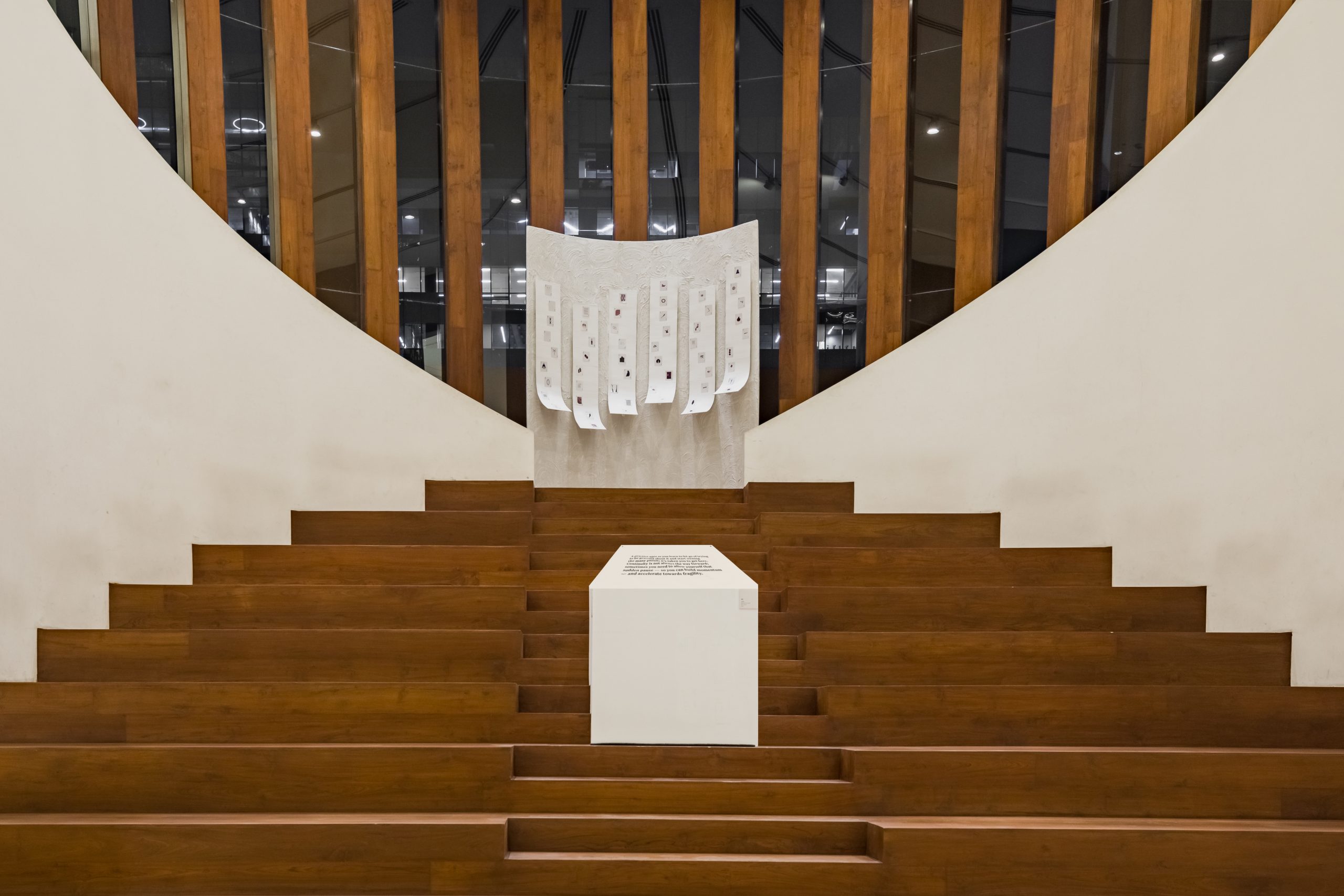
The conceptual artist took a hiatus from his practice to prioritise mental health and distance himself from the art market ecosystem. Despite the surprise surrounding his participation, Ko:QAM featured his untitled digital print on textiles. The artwork delves into various aspects of the art-making process, blending humour in narrative with critical perspectives. The aesthetics of the work bear a resemblance to contemporary affairs, rooted in the present moment.
from Elle India
Comments
Post a Comment